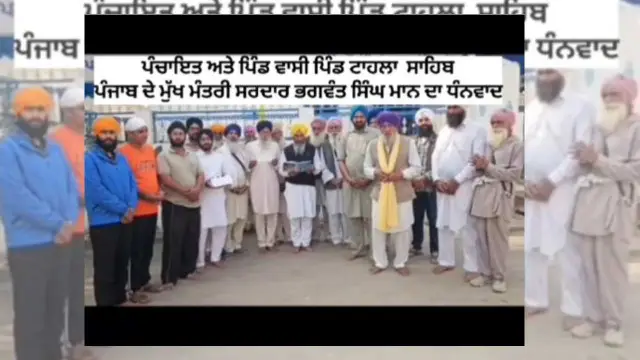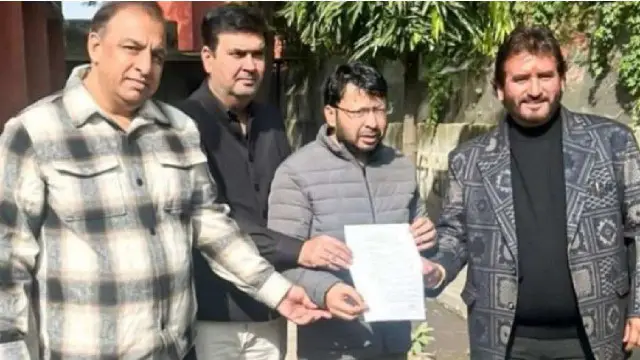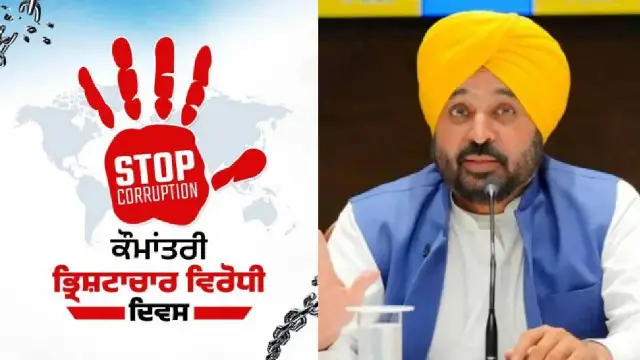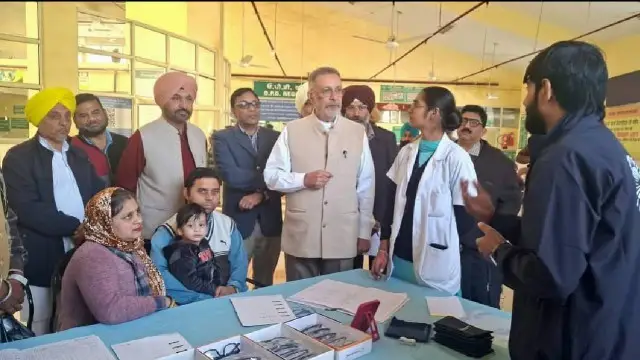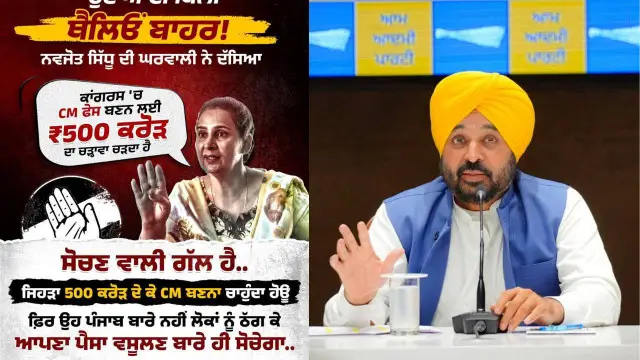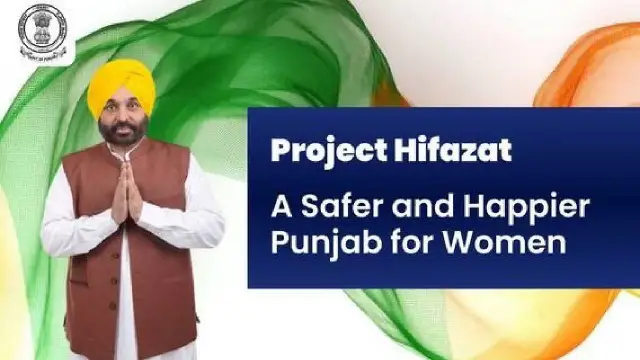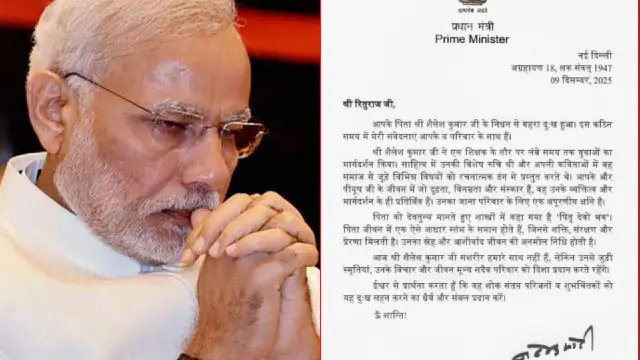Punjab Govt Sets National Benchmark with Highest Aid for Flood Victims
The Mann government also raised SDRF compensation, offered loan relief, and ensured help for every affected family, setting a new national example of transparent and people-first governance.
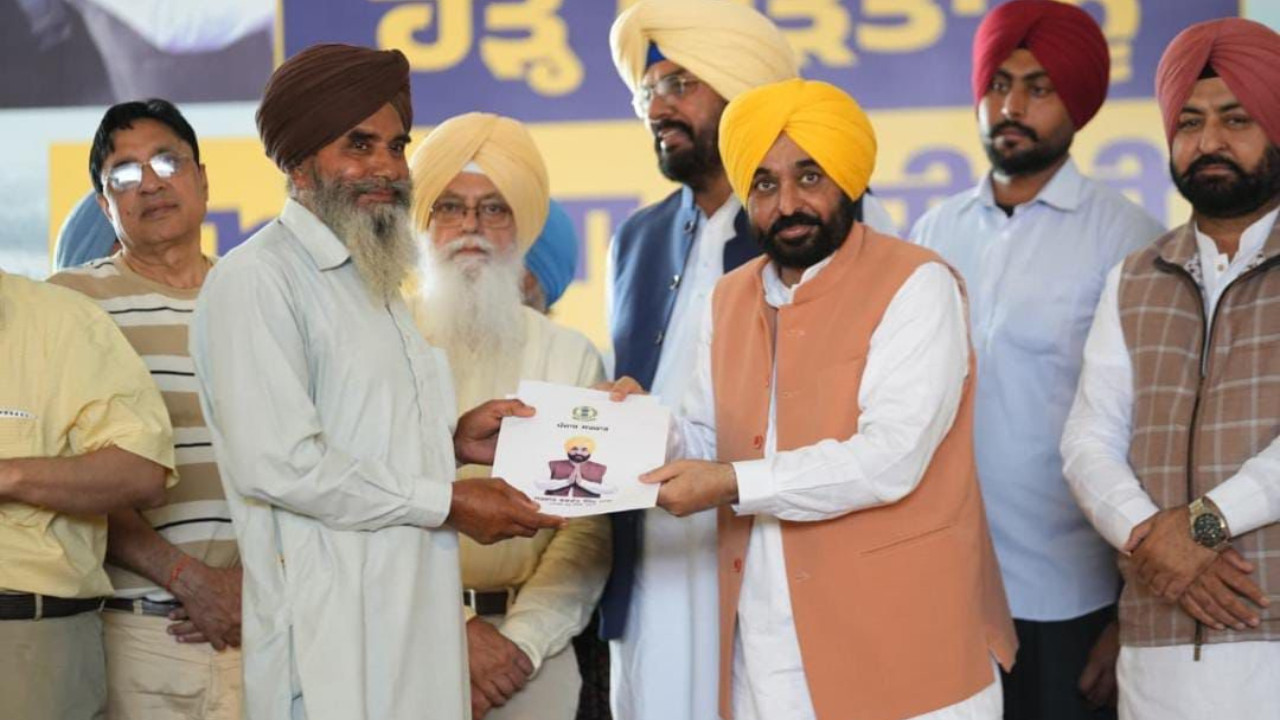
Chandigarh: A new story of leadership is being written in Punjab. Chief Minister Bhagwant Mann has left his office to reach directly to the people in the fields, villages, and markets. For the first time, a Chief Minister himself is on the ground, guiding the relief efforts. This is not a publicity move but the start of a new kind of people-centered governance.
Reaching Out to Every Farmer
When severe floods badly affected Punjab’s farmers, CM Mann didn’t limit himself to making promises. He personally visited the affected areas to stand with the victims. The state government announced a ₹74 crore relief package, provided 2 lakh quintals of free wheat seeds, and gave ₹20,000 per acre as compensation. These were not just numbers but real help that gave new hope to thousands of families. What made it even more special was that within only 30 days, the compensation was directly transferred to the farmers’ bank accounts—breaking long-standing bureaucratic delays that had frustrated people for years.
Help for All, Not Just a Few
CM Mann’s vision is inclusive. His directions are clear—relief must reach not only big farmers but also labourers, small shopkeepers, and poor families. This fair and equal approach shows the real spirit of democracy. To further support those affected, the government has allowed farmers to sell sand and silt collected on their lands due to floods without needing any official approval until November 15. This practical step is helping many recover financially.
Transparency and Accountability
The Chief Minister has been regularly sharing videos from different villages on social media, showing ongoing relief efforts and reviewing each operation with officials. This open communication has built trust among the people and ensured that government officers remain accountable for their work.
The relief measures didn’t stop there. The SDRF compensation amount was raised to ₹40,000. Families whose homes were damaged received assistance, and farmers got a six-month break from paying loan instalments or interest—a big relief that no earlier government had provided.
A Promise Turned Into Reality
Extra help was also given for loss of animals and property. Monitoring teams were formed at every level—from village to state—to make sure no complaint was ignored. The government also confirmed that crop procurement will go on as usual, with full payments made on time. This is not just another promise—it is already happening on the ground.
Today, the relief work in Punjab can be seen not just in official reports but in the lives of people who were affected by the floods. This is the true meaning of “Promises made, promises kept.” Bhagwant Mann has shown that real governance doesn’t happen from air-conditioned offices but from the dusty roads and the farmlands where people live. By turning a crisis into an opportunity, he has set a powerful example for the entire nation.
Punjab now moves into a new phase—where the distance between people and their government is shrinking, where every word is turned into action, and where every farmer, worker, and poor citizen feels that their government truly stands beside them.




